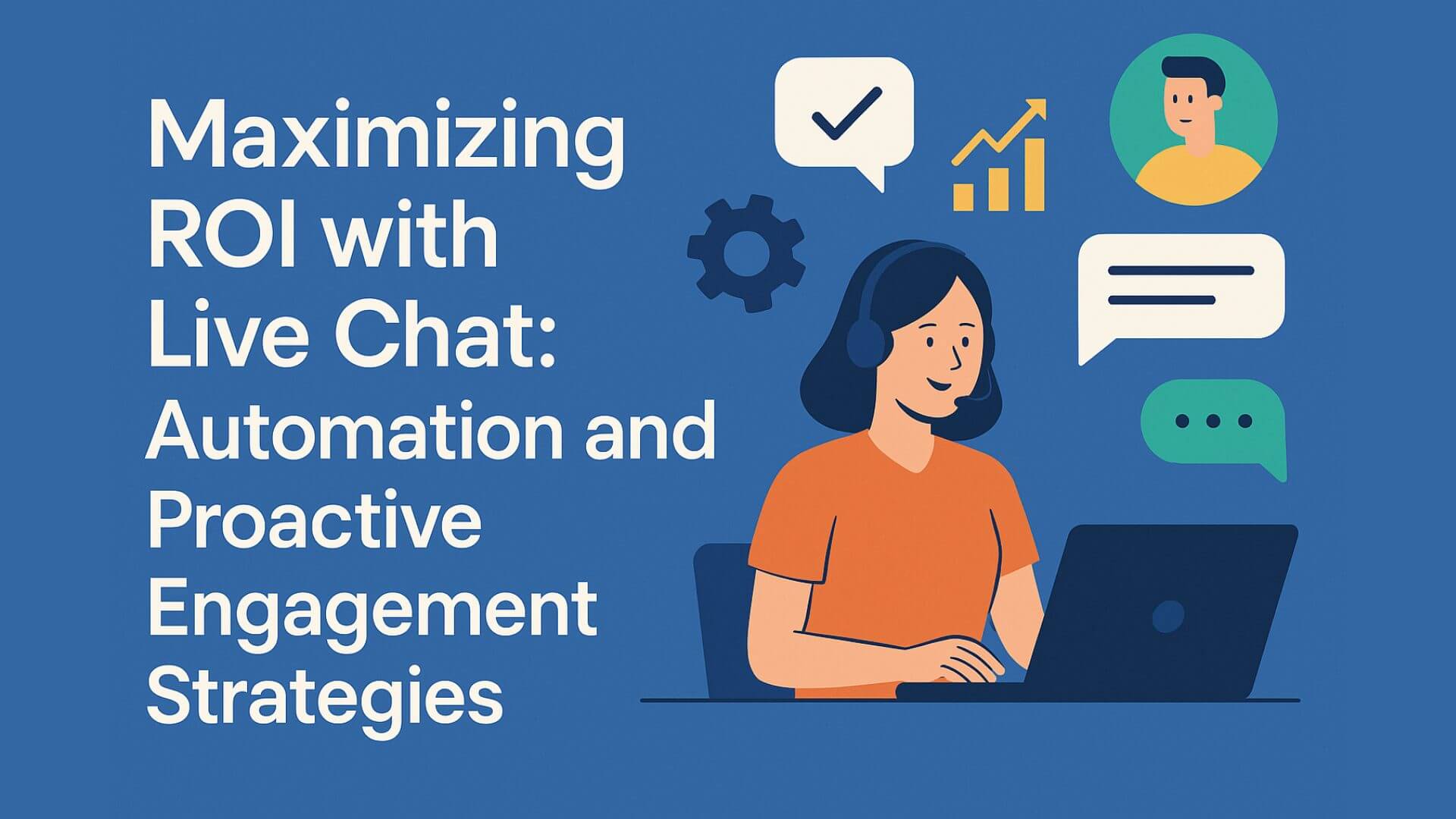
The difference between a B2B (business-to-business) and B2C (business-to-consumer) customer is night and day. To most B2C companies, customers are a dime a dozen. A B2C company isn’t focused on their current customers nearly as much as acquiring new ones. Their own customers know this, and thus the expectations for many B2C products are so low that companies in this industry rarely emphasize the priorities of their customers.
To contrast, B2B customers are usually the polar opposite. Often a product or service they select is tied to their direct performance on the job and their overall career as whole. Making the right choices can lead to a promotion, the wrong choices an entirely different career path.
With all of this said, understanding what a customer expects from your company is essential to a profitable business. Creating a great B2B customer service experience in conjunction with an amazing product is an incredible recipe for success, yet it seems like many companies still treat service as a cost center and a hinderance to their balance sheet. It’s now quite the opposite, with some businesses starting to understand that elite service has a serious impact on reducing churn.
So, how can businesses better understand the customer service expectations of their B2B customers? Here are a few of the more common tactics…
Be as consistent with your customer service interactions as possible – Like any great relationship, communication and trust are two founding pillars. Businesses expect customer service teams to be reliable, trustworthy, and excellent communicators. As a result, many companies leverage service software with extensive SLA management capabilities to ensure no customer is ignored. Should an agent fail to respond in a timely fashion to a customer, they’ll get an SLA notification directly in the software to let them know that it’s time to follow up. This level of consistent communication – having customers working with the same agents and getting timely responses consistently – is what customers expect from great businesses.
Focus on the right answer (because it’s more important than the fastest answer) – B2B professionals are busy. They’ve got projects and employees to manage. Providing half answers that may or may not work can be an effective tactic in the B2C industry. But with busy professionals, it’s a quick way to lose their business. There’s simply no time during the workday to mess with questionable solutions. Instead, emphasize that customer service needs to focus on finding the right answer rather than responding immediately with a possible solution that is unlikely to be effective. Taking the time to find the right answer proves to customers in the long run that you value their time as well.
Create methods to obtain information that don’t involve a conversation – For many businesses, even if the so-called “industry experts” tell you do this, providing 24/7 customer service just isn’t a realistic option. B2B customers may expect this (as it’s now common in the B2C world), but for many businesses it’s not a good use of time, resources, or money. For an effective alternative that lands in the middle, create a strong and robust self-service solution that meets the needs of your business. This can include well-written articles, video tutorials, and much more that your customers can interact with on their own time. Getting self-service right isn’t a choice anymore, it’s something many B2B customers now demand.
Let customers know you legitimately care about their business – The final method worth noting starts with customer service but also extends outwards into other areas of the business. When working with customers, it’s now essential to let them know that you legitimately care about their needs and expectations as a customer. Simple service interactions alone won’t accomplish this. You’ll need a customer success team to have “check-in” conversations with customers when mission critical problems aren’t happening. In addition, office visits by a senior employee within your company when they are in town are also a nice touch that goes a long way. Face-to-face interaction still holds value in the business world, and not providing this with key customers could be a reason why they leave for a competitor with an office in a nearby city.
Wrapping up, the customer service expectations of B2B customers are complex but important. Be effective with your communication and provide multiple different avenues and touch points for customers to interact with your business. By doing so, you’ll be in a better place to meet their needs and keep them around as customers for many years.


